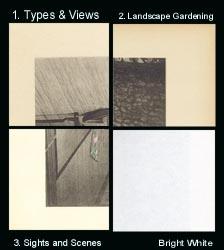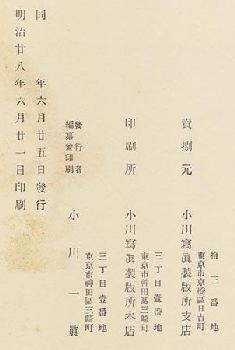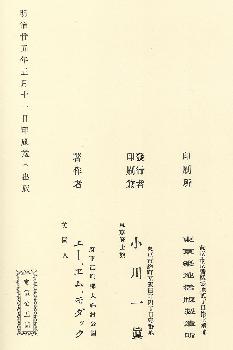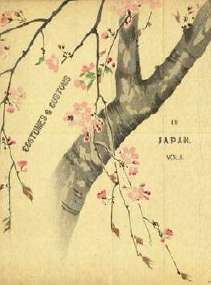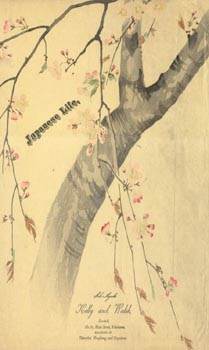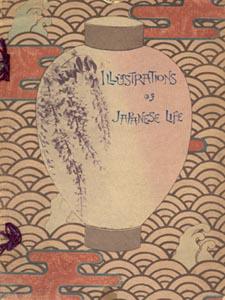Celebrated Geysha (Geisha) of Tokyo
|
|
Ogawa, K. (Kazumasa) Types of Japan, Celebrated Geysha of Tokyo in Collotype, Tokyo, K. Ogawa Photographer, distributed by Kelly and Walsh as Sole Agents, ca 1895, Folio (11 3/4 x 16 in - 30 x 40.5 cm), decorated card covers, string ties, 9 black and white collotype plates with portraits of Tokyo geisha, 8 plates with 12 portraits each and 1 plate with 9 portraits. The portraits measure approximately 2 inches wide by 3 inches tall. The name and district of each geisha is printed by letterpress in English below each portrait. Additionally, the same information is incorporated in Japanese into the collotype plate. This work is one of Ogawa's most famous works. Covers. The covers on this book are the standard "types and views" covers found on K. Ogawa's collotype books of this period. On the outside they are lithographed in color with a repeating pattern concentric overlapping half circles, stylized clouds with leaves inside and breaking waves in silver. The inside of the covers have a two color butterfly pattern. Approximately 2 1/2 inchs of the head and foot of the spine are covered with a blue cloth fabric. Dating the Book. As is typical of most of the K. Ogawa "Celebrated Types of Japan" collotype books, there is no title page or colophon for this book to assist in dating. In his Bibliography of the Japanese Empire, 1894-1906, Wenckstern, describes this book as:
Geishas, Celebrated, of Tokio, 105 portraits on 9 plates, collotype edition with silk cover (yen 6.--), edition in photo engraving (yen 1.50) In the absence of definitive evidence to the contrary, I have placed the date as approximately 1895 based upon the Wenckstern listing. It appears that in addition to a deluxe edition (silk cover) and an economy edition (photo engraved) noted above, there was this version in stiff card wraps (not with a silk cover) and with collotype plates (not photo engraved). The Ryuounkaku. The Ryounkaku opened in Meiji 23 (1890). In July of 1891 an exhibition of 100 portraits of Geisha was held at the newly opened Ryounkaku. Ogawa produced albumen photographs for that event. It is very likely that some of these images were exhibited as colored albumen prints at this exhibition. Visitors at the exhibit voted on the most popular geisha. The winner of the vote was "O-Tama" from the Tamagawaya geisha house in Shinbashi. Other K. Ogawa Geisha Related Books. Three other K. Ogawa books (perhaps more) were subsequently published on the topic of Geishas. Celebrated Geishas of Tokyo, ca 1892, contained 12 collotype plates with one geisha per plate. Geishas of Osaka and Kyoto, ca 1895 contained collotype plates. Geisha of Tokyo, Hyaku Bijin - Japanese title: [Tokyo Hayaku Bijin] (One Hundred Beauties of Tokyo), 1902 contained collotype plates, probably most were two per page with the Geisha's name in English and Japanese. These later books were also produced in much less expensive half-tone printing versions. For information on Kazumasa Ogawa, click here. |
|
(Click on the picture for a higher relolution image)
| ||||||||||||||||||||||||||||||
|
||||||||||||||||||||||||||||||
|
The Perry Expedition: General Information : Related Books/Pubs The Lithographs: Characteristics : Condition : Listing : Buying Order On-line: Lithograph Price List : Book Price List ABE Book List: BaxleyBooks Inventory on ABE Special Interest Books/Art: ~ K. Ogawa - Color Collotypes and Books/Prints ~ T. Hasegawa - Color Woodblock Books ~ Shimbi Shoin - Art Reproduction Books ~ Tamamura/Takagi, Kobe - Color Collotype Books ~ Georges Bigot - Etchings & Art ~ Keisuke Serizawa - Calendar Folios & Art ~ Woodblock Printing - Process & Miscellaneous Books ~ Japanese Woodblock Prints ~ Blackie the Photographer - Okinawa Photo Essay Books Meiji Era - Japan Views & Images (Price Lists & Information): ~ Albumen Photos : Chromolithographs ~ Colored Albumen Photographs (from Brinkley Books) ~ Stereoviews : Kazumasa Ogawa Collotypes ~ CDV - K. Ogawa : CDV - Other : Cabinet Cards ~ Glass Slides, "Magic Lantern" - Hand Colored ~ Fujiya Hotel, Miyanoshita PayPal Accepted: Pay for Purchases with PayPal Buying Books: Our Book Buying Interests BaxleyStamps: Main Page : Ryukyu Stamps : Japan Stamps Copyright and Fair Use Policy is here.
|
|
If you have material to sell, please visit this page: Buying.
George C. Baxley
Perry Expedition to Japan Books & Lithographs |
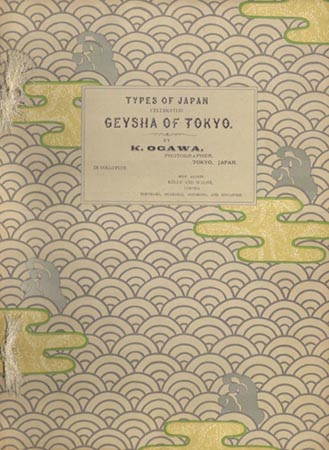
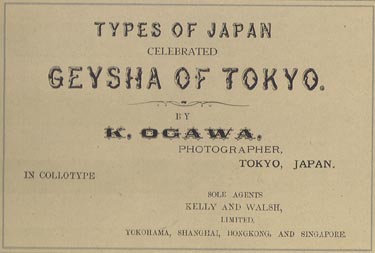
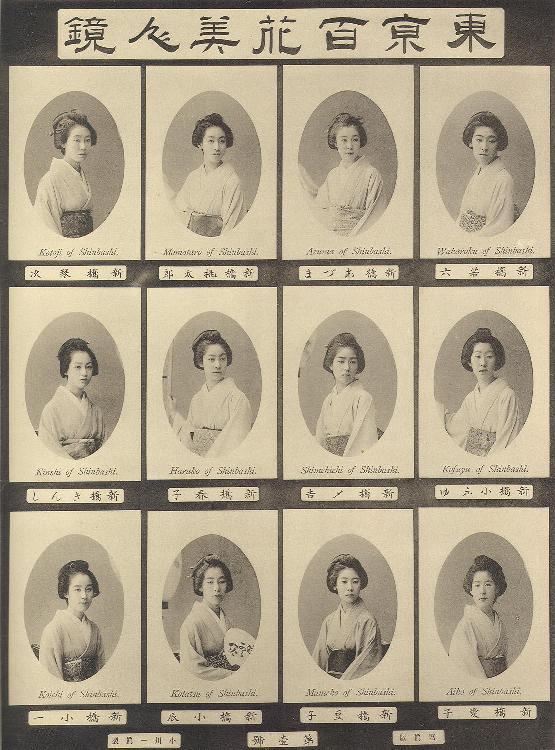
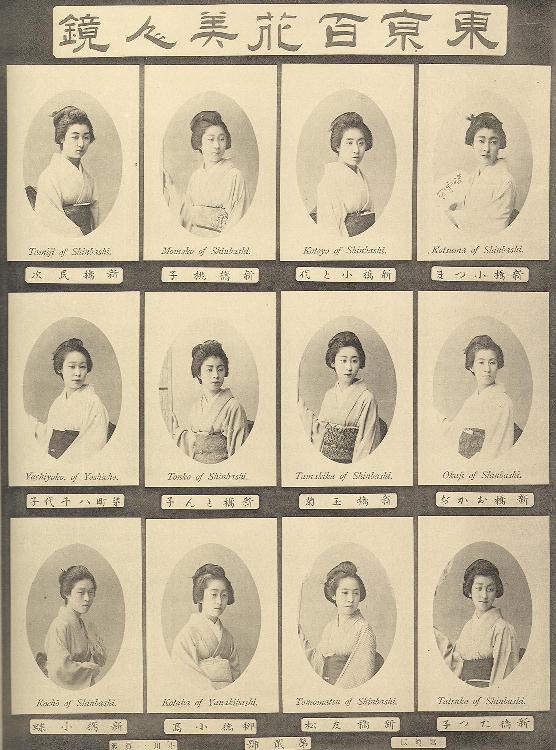
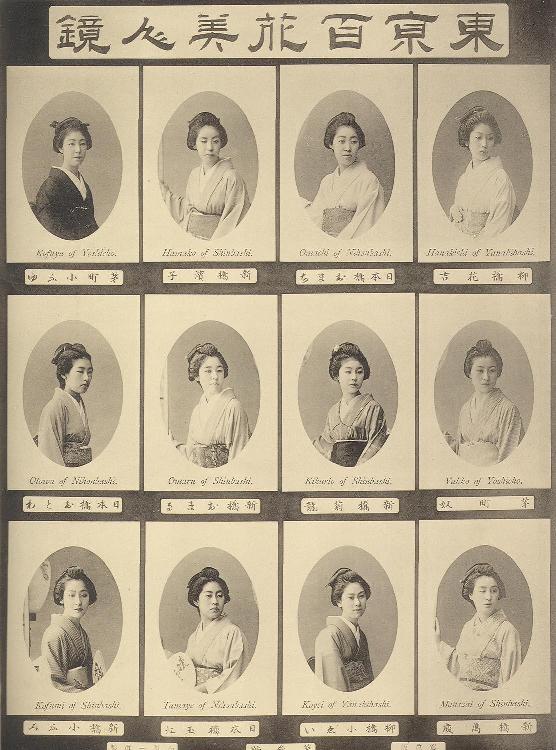
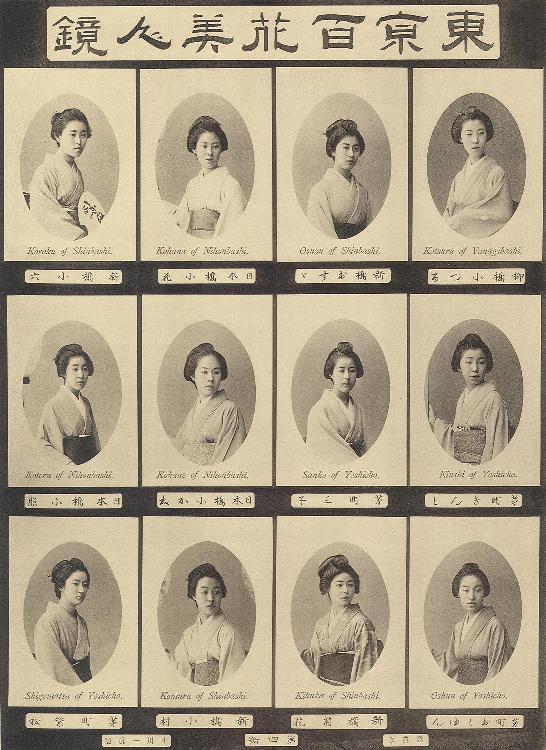
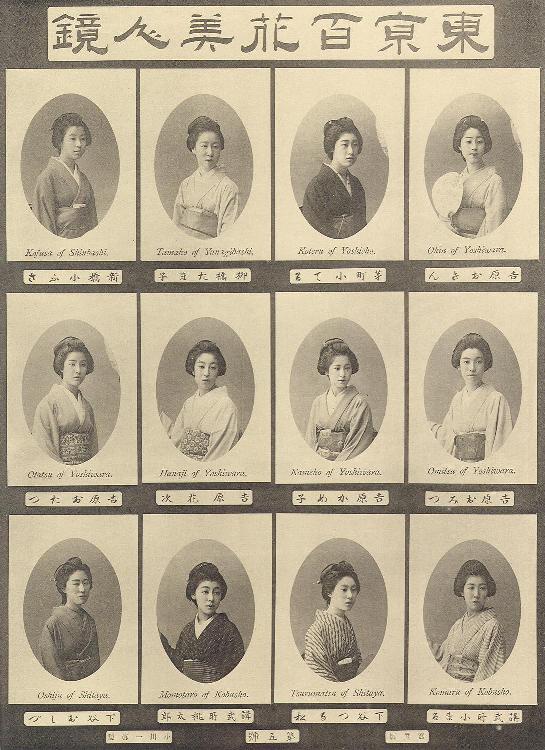
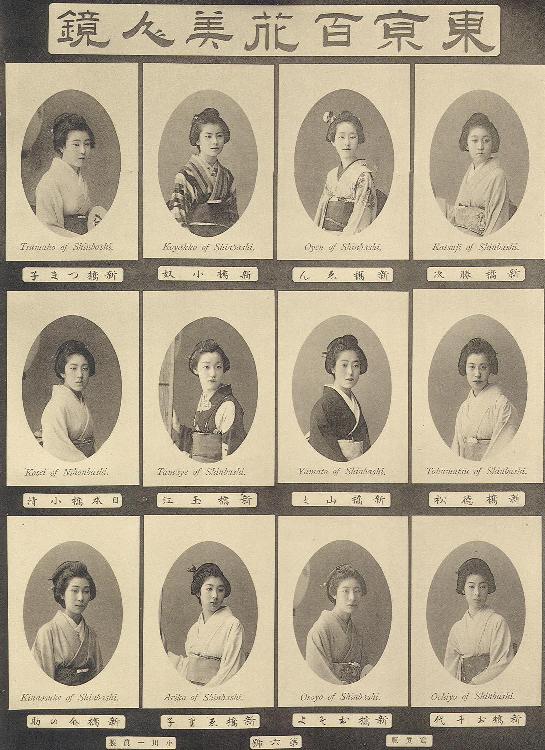
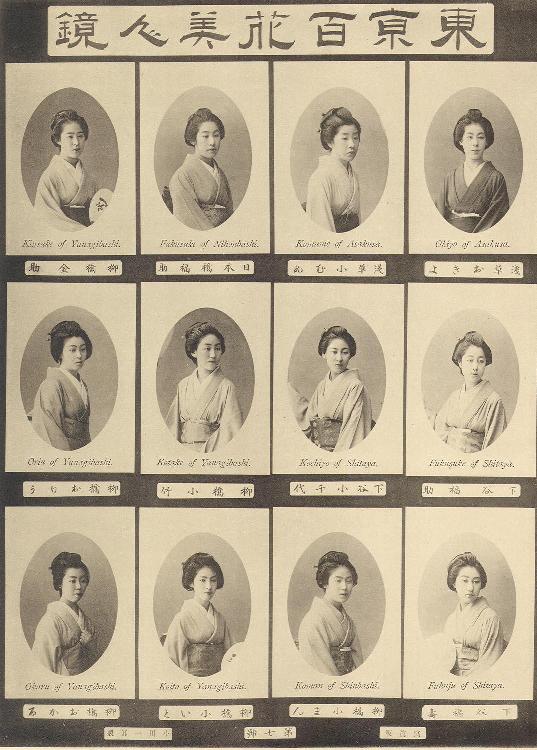
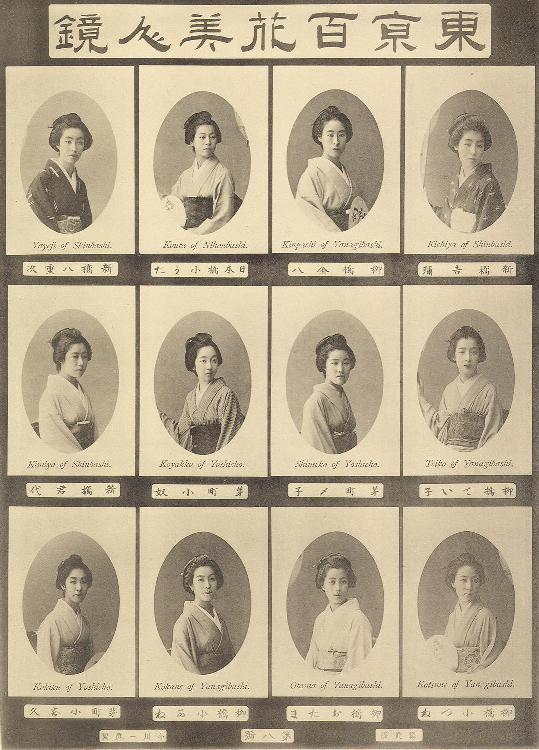
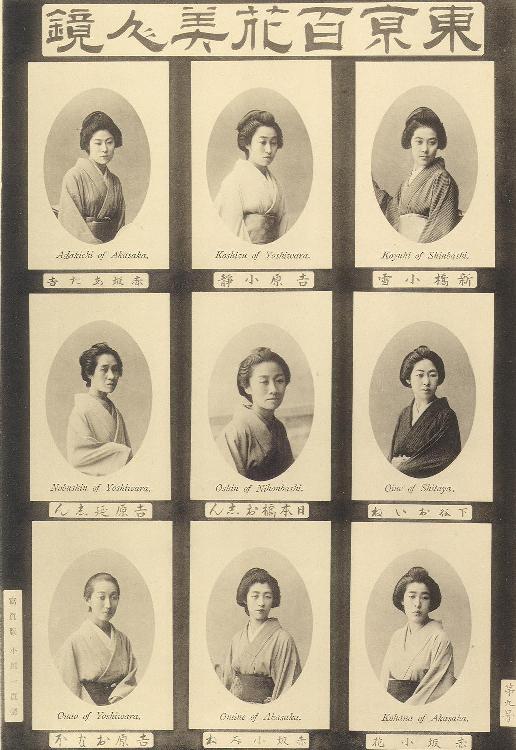
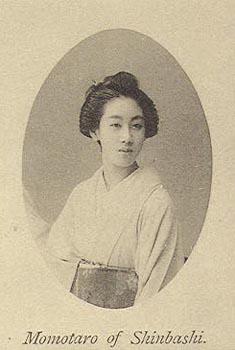
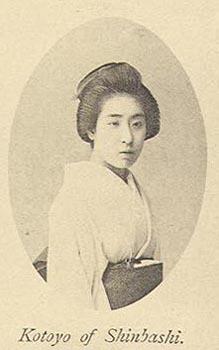
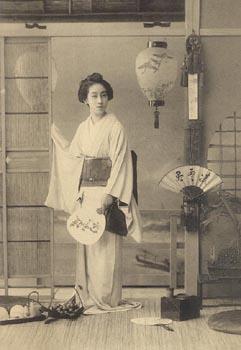
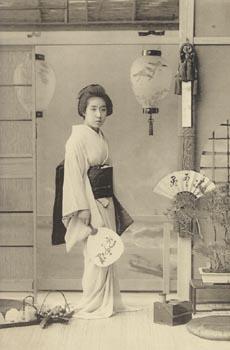
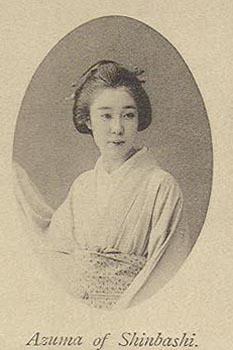
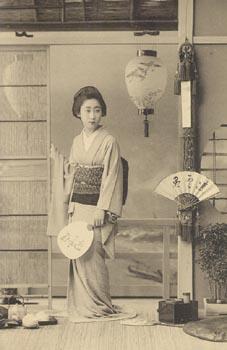
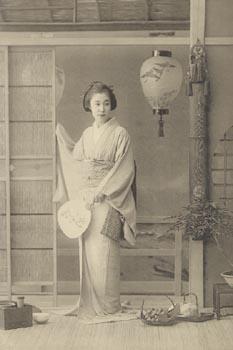
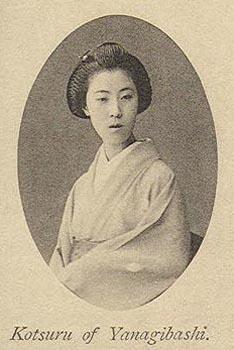
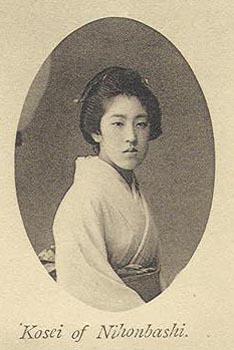
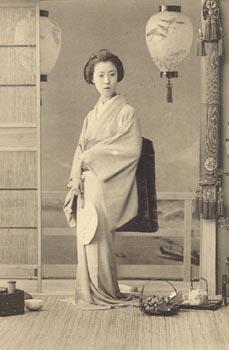
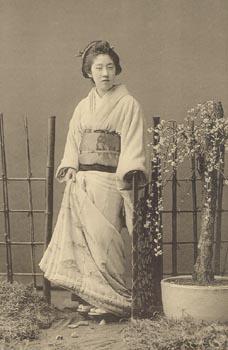
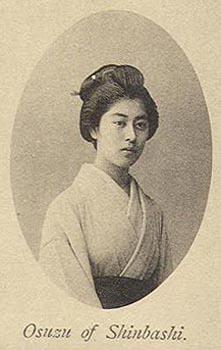
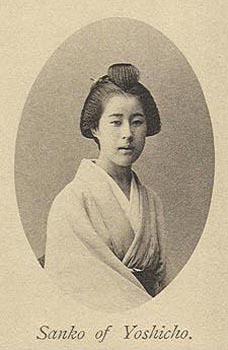
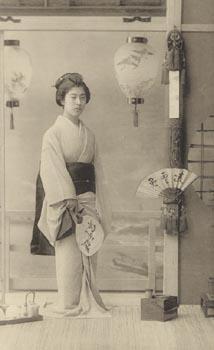
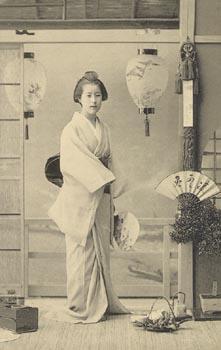
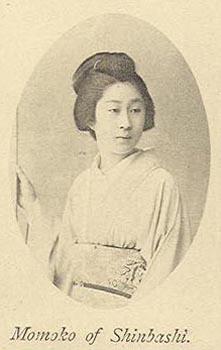
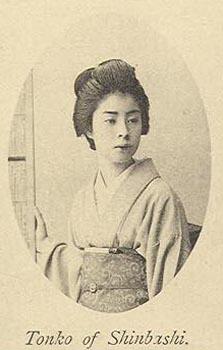
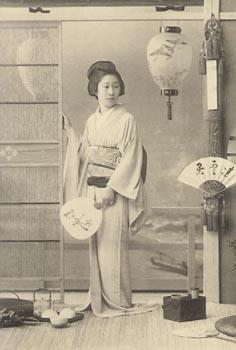
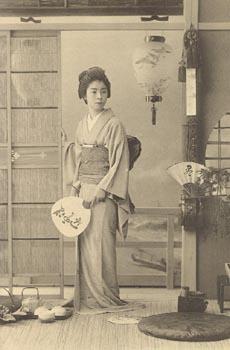
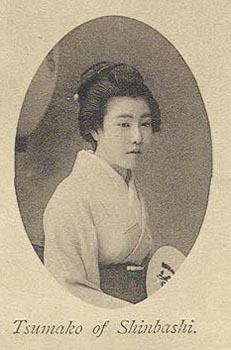
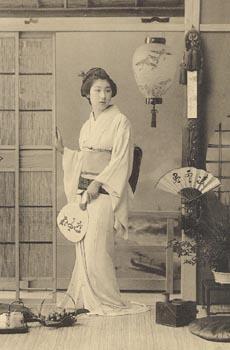
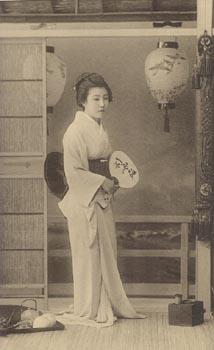
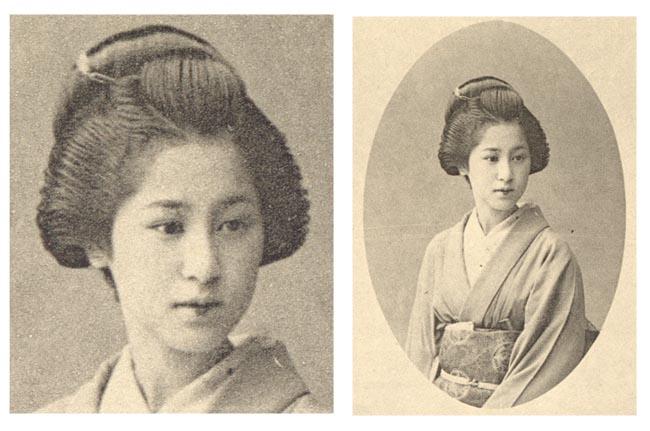
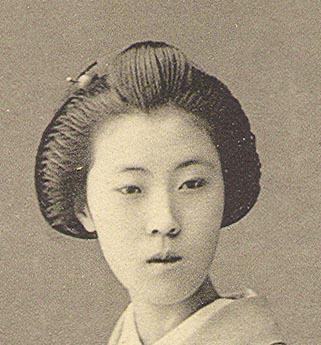
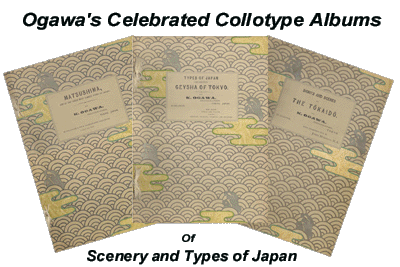
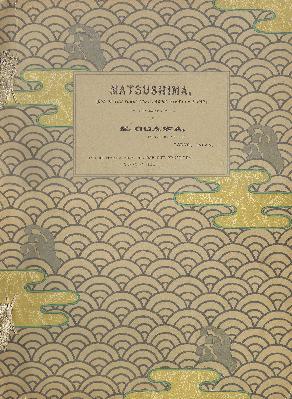
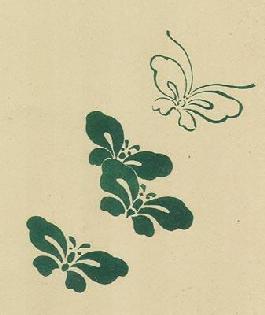
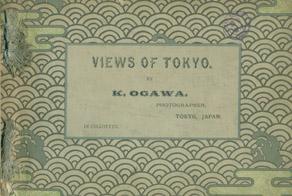
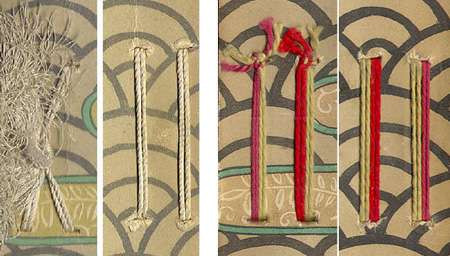
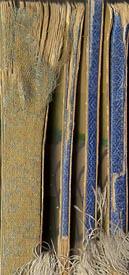
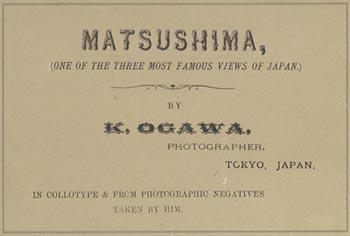
 Types and View books
Types and View books Landscape Gardening Supplement (1893)
Landscape Gardening Supplement (1893)
 Sights and Scenes in Fair Japan (1910)
Sights and Scenes in Fair Japan (1910)
 Bright white paper for comparison
Bright white paper for comparison
